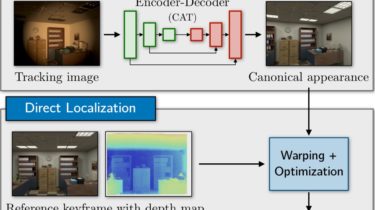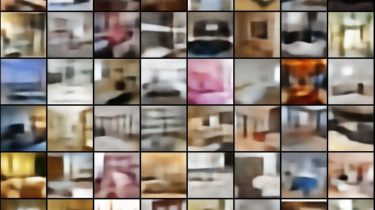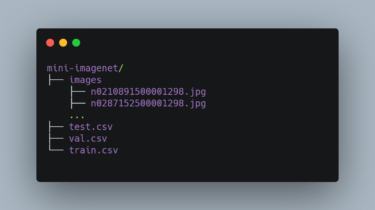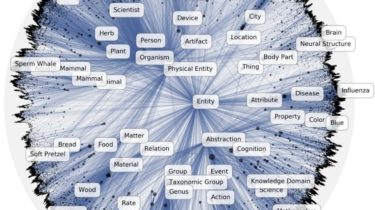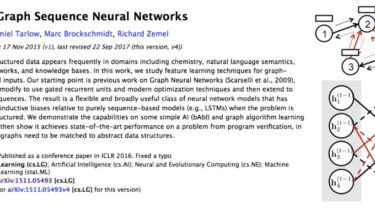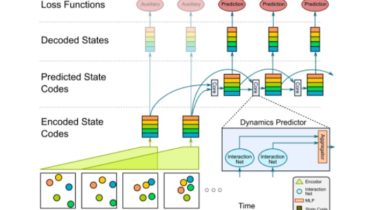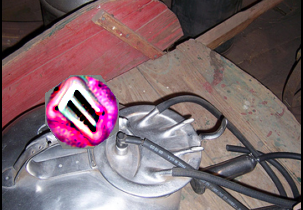The rise of parallel chat in online meetings: how can we make the most of it?
“I’ll put a link to that doc in the chat” “Sorry, my internet is terrible, I’ll put my question in the chat” “That GIF from Amy in the chat is hilarious” If these phrases sound familiar to you, you’re not alone – people the world over use the chat function in Microsoft Teams and other
Read more
